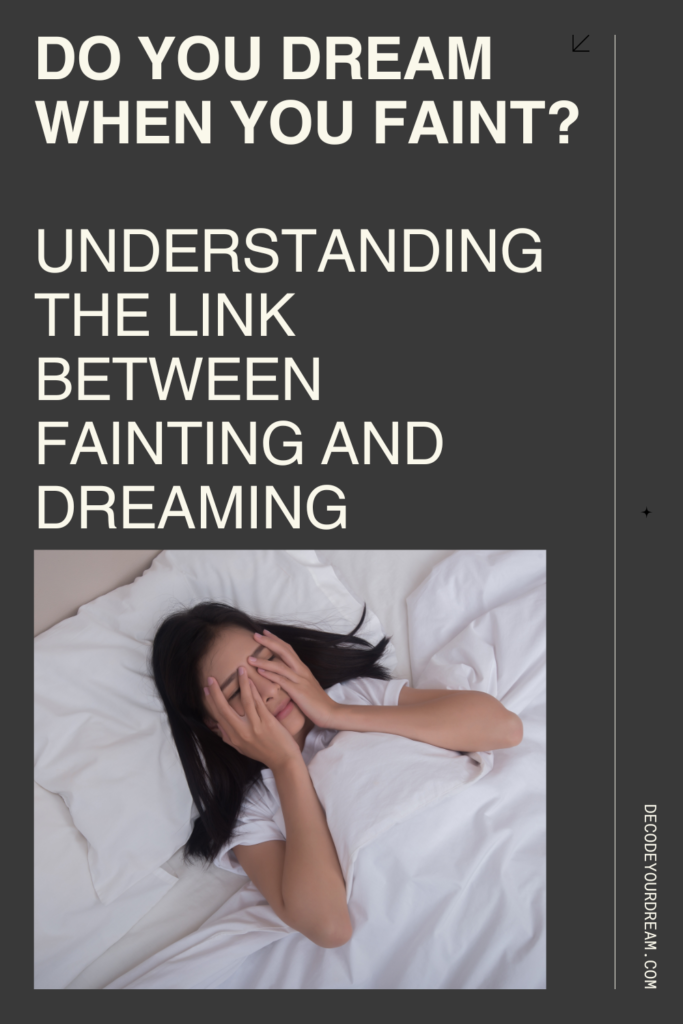Have you ever wondered if you can dream when you faint?
Many people who experience fainting episodes report vivid sensations, strange images, or even dream-like states. But is it really dreaming—or something else?
To help you answer that question, we explore what happens to your brain during a fainting spell. You’ll learn if dreaming is possible during that state, and what those sensations might actually mean.
Fainting—also known as syncope—occurs when your brain temporarily loses blood flow, usually due to a sudden drop in blood pressure. This lack of oxygen causes you to lose consciousness briefly.
Unlike sleep, fainting is not a restful or restorative state. It’s a short-term medical event where the brain shuts down non-essential functions to recover quickly.
The answer? Not really. Here’s why:
- Dreaming typically happens during REM (Rapid Eye Movement) sleep, a deep, active phase of natural sleep that involves increased brain activity.
- When you faint, your brain doesn’t enter REM sleep. Instead, consciousness is rapidly disrupted due to oxygen and blood flow changes.
- However, people often report dream-like hallucinations, visions, or feelings—especially during the moments just before or after fainting.
So while you’re not technically dreaming during a faint, you might experience something that feels similar due to the brain’s altered state.
Here are some reasons why a fainting spell might feel like a dream:
Your brain is highly sensitive to oxygen. In the moments before fainting, neuronal activity becomes disorganised, potentially triggering visual flashes, memories, or imagined scenarios.
Just as you might experience strange images while falling asleep (known as hypnagogic hallucinations), the brain in a fainting state might produce similar effects—visual, auditory, or emotional distortions.
After a fainting episode, you may regain consciousness quickly but with a foggy or altered perception. This can make it difficult to tell if what you experienced was real or dreamed.
People often describe:
- Tunnels of light
- Flashes of color
- Feeling detached from their body
- Hearing voices or music
- Vivid mental images or memories
These sensations are commonly mistaken for dreams, but are more accurately described as transient altered states of consciousness.
| Experience | Fainting | Dreaming |
|---|
| Duration | Seconds to a couple of minutes | Several minutes to hours |
| Awareness | Sudden loss of consciousness | Gradual shift into sleep |
| Sensations | Lightheadedness, nausea, visuals | Narrative, emotion-driven dreams |
| Physical Symptoms Afterward | Weakness, confusion, fatigue | Usually well-rested or groggy |
If you experience frequent fainting or dream-like episodes after passing out, it’s important to talk to a doctor. Recurring fainting may signal underlying issues like:
- Low blood pressure
- Dehydration
- Heart problems
- Neurological conditions
PIN THIS!

